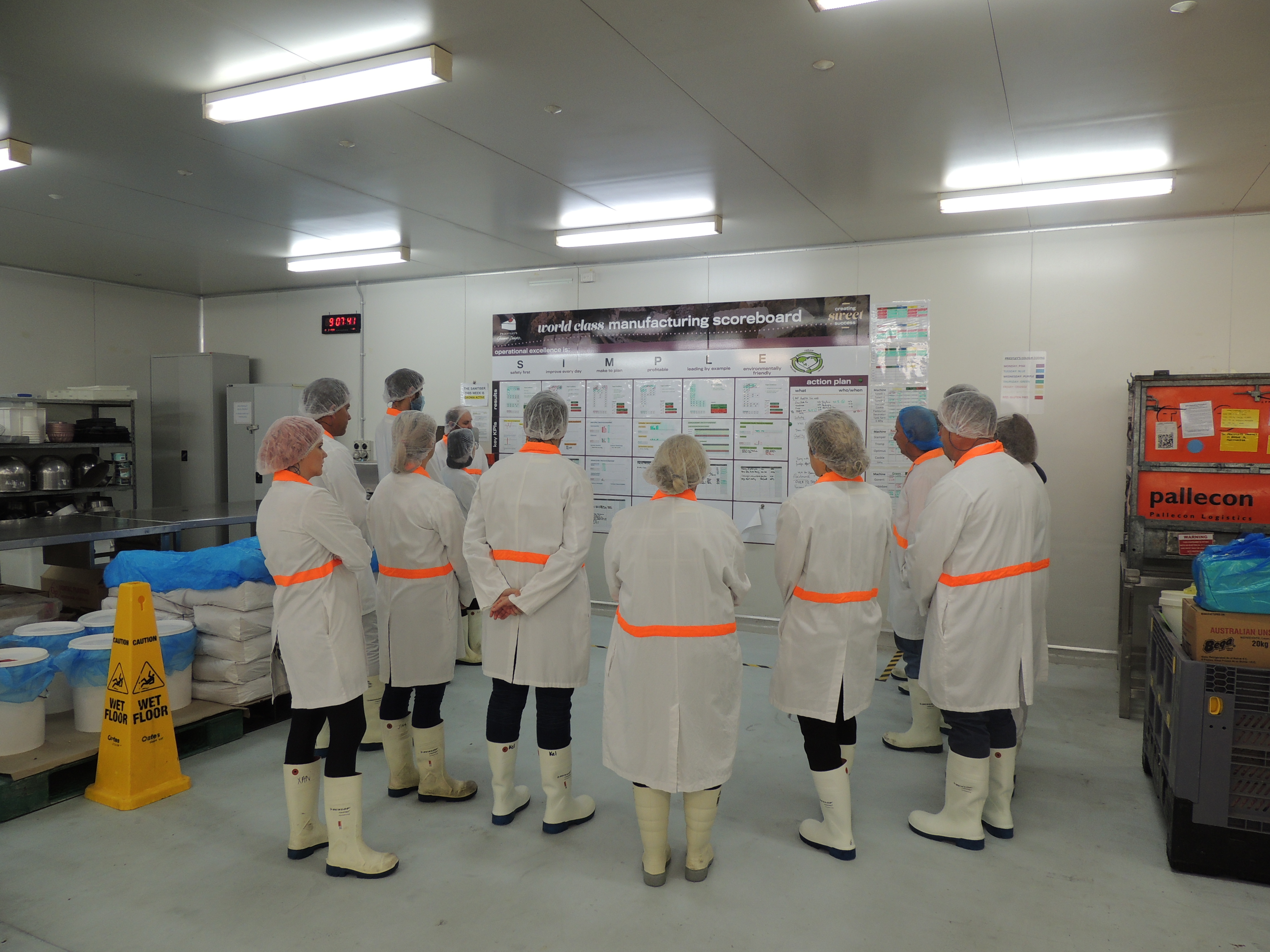How to Truly Embed 5S and Transform Your Team's Culture

Imagine a workplace where everything has a place, workflows are smooth, and productivity soars. Teams move with confidence, safety incidents drop, and customer orders flow faster than ever. This isn’t a pipe dream—it’s the power of 5S when truly embedded in your organisation. Companies that get 5S right often see dramatic improvements in culture, flow, efficiency, safety and even sales, as teams spend less time searching and more time adding value.
Yet here’s the stark reality: up to 90% of 5S initiatives fail to stick. Despite the clear benefits, too many implementations fall into the trap of becoming superficial “clean-up exercises” rather than a sustainable way of working. So how can organisations overcome this trend and turn 5S into a lasting advantage?
The key lies in involvement, visibility, leadership engagement, and coaching.
Here’s how to do it.

1. Involve Front-Line Team Members
For 5S to succeed, it cannot be imposed from the top down—it must be owned by the people who work in the areas every day. Involving front-line team members from the start ensures that improvements are practical, sustainable, and aligned with real work processes.
- Explain the “why” clearly: Link 5S to outcomes that matter—reduced waste, smoother flow, fewer safety incidents, and faster delivery. When people understand the benefits, and can measure them they are more motivated to participate.
- Empower teams to design their own standards: Let them define the “ideal state” for their workspace. This creates ownership and accountability. As Taichi Ohno (One of the founders of Toyota Production System) once said the person doing the work is the best person to define and improve the process.
- Connect improvements to visible results: Show how each change brings the area closer to the ideal state and supports team goals. Support teams to create their own visual performance board using 5S thinking.
When front-line team members are actively involved, 5S becomes a tool for achieving real results, not just a set of rules to follow.

2. Make 5S Visible in Team Meetings
Start by bringing 5S into the heart of your team’s daily rhythm. Incorporate a 5S standard review into your team’s visual board so it’s no longer a back-office task but a living part of daily work.
- Add a 5S section to your visual board with clear criteria to show the current state. This could be as simple as a 1-5 score for each area linked with a photo of what looks great for the area (when in control to the current standard)
- Conduct a weekly review in team meetings. Discuss wins, challenges, and improvement opportunities. Empower team members to run improvements to take the 5S standard further or bring it back under control.
- Celebrate small successes, reinforcing that 5S is an ongoing journey, not a one-off project.
When 5S is visible and part of the team’s rhythm, it starts to influence behaviour naturally and consistently.

3. Leadership Engagement: Look, Listen, Learn
Leadership is the linchpin of sustainable 5S. The most effective leaders don’t audit, they look, listen, and learn through regular Gemba walks or Look Listen Learn sessions. Through these sessions they reflect on their own behaviours, what they can do to help the team.
- Look at team behaviours, the work area and visual boards: Are standards being followed? Are tools in the right place? What are the team thinking and feeling in relation to 5S.
- Listen to team members: Ask quality open questions to understand the challenges they face and what support they need. Use root cause language to understand why 5S standards are going so well or out of control.
- Reflect on observations: Consider how you can coach/support or recognise area leaders and team members to improve practices and engagement.
This approach transforms leadership from policing compliance to mentoring and supporting teams, which is critical for embedding 5S into the culture.

4. Coaching for Continuous Improvement
Embedding 5S is not about enforcing rules—it’s about coaching for sustainable habits:
- Encourage area leaders to guide teams rather than dictate standards. Coach them on being an adaptive leader who serves the growth of others (Leading Excellence Book – Butterworth, Dargan, Jeavons 2024)
- Use visual management boards as a discussion tool for problem-solving and learning.
- Link 5S to tangible outcomes—improved safety, efficiency, and quality—to make it relevant.
When leaders actively coach teams based on observations, they create a culture of accountability and continuous improvement.
5. Make 5S Part of the Culture
Finally, 5S must become part of your organisation’s DNA, not just a checklist:
- Include 5S in onboarding and training programs.
- Recognise and reward teams who maintain standards and continuously improve.
- Ensure leaders model the behaviours they expect from their teams.
When 5S is truly embedded, it transforms the workplace into an environment of clarity, flow, quality, safety and productivity, driving both business results and employee satisfaction.
In Conclusion
5S has the power to revolutionise how teams work—boosting culture, flow, productivity, and even sales. The difference between success and failure lies in making it visible, involving front-line teams, engaging leadership, and coaching continuously. By following these steps, organisations can move from the staggering 90% failure rate to making 5S a sustainable competitive advantage.

.svg)



